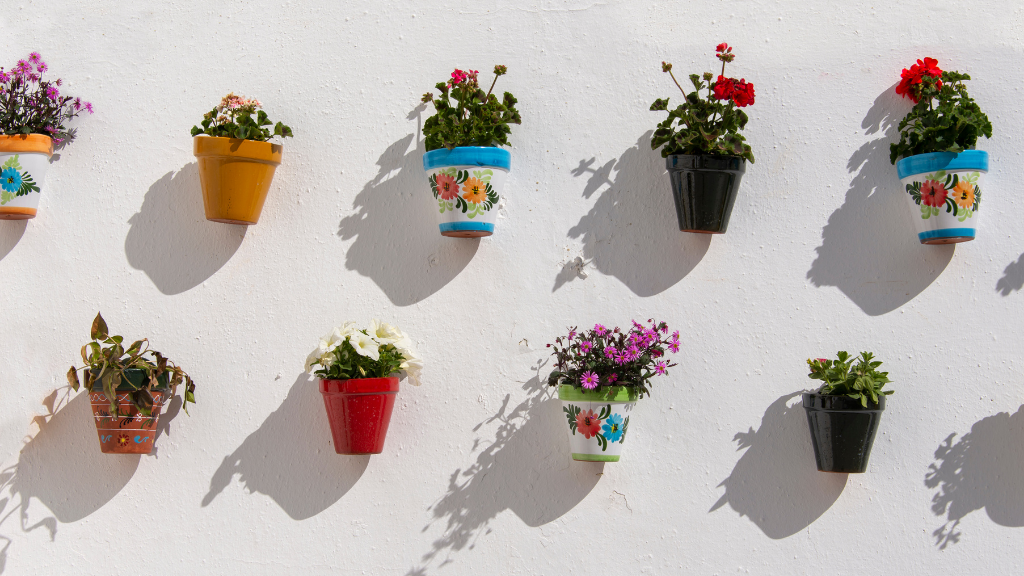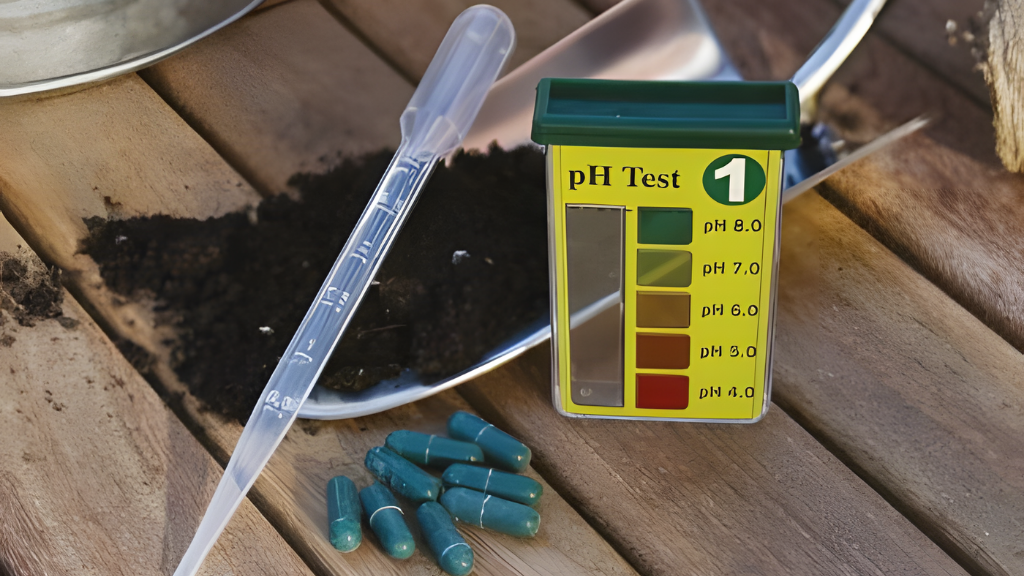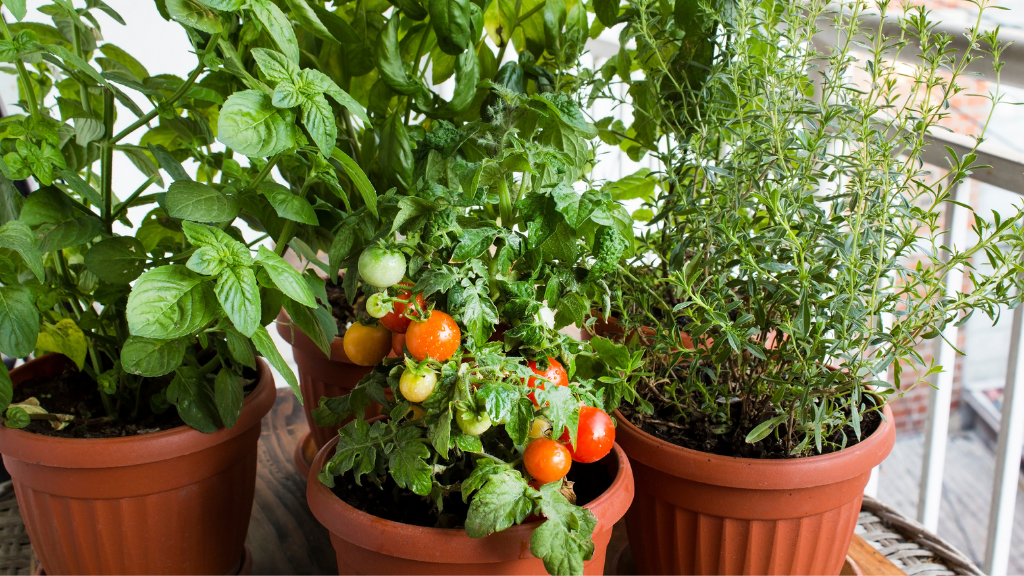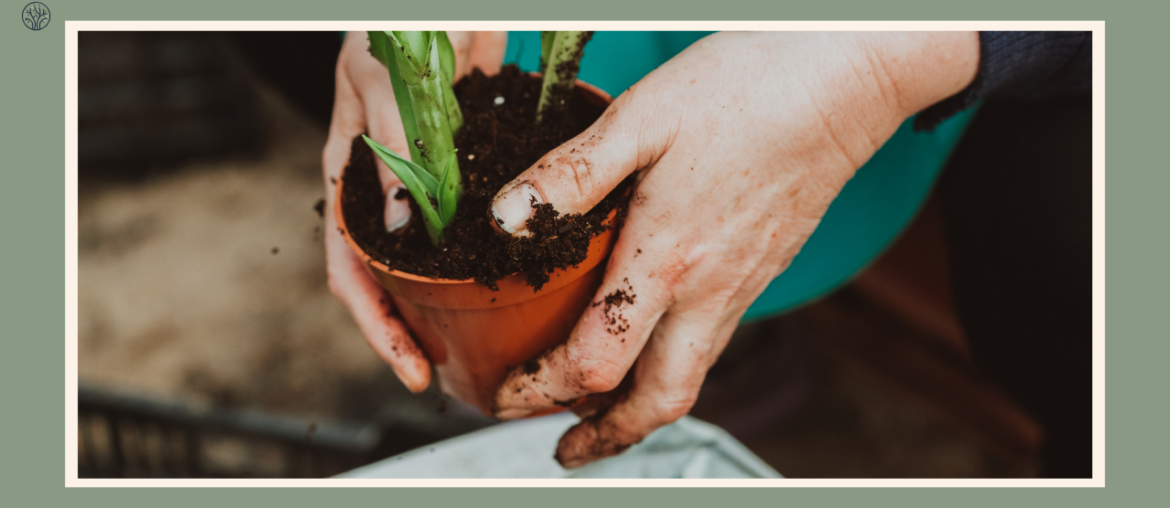Do you want to grow beautiful and healthy plants? Whether you have a small balcony or a spacious patio, container gardening is a great way to enjoy nature in your own space. But there is one question you need to answer: How to prepare soil for planting in pots? The soil you use in your pots can make or break your plants’ growth and health. That’s why you need to prepare it carefully and customize it to your plants’ needs. In this guide, we’ll show you how to do that in a few simple steps, so you can have a thriving container garden all year round.
Plan Ahead
Before you start preparing your soil for planting, you need to have a clear plan of how much soil you need and what types of plants you want to grow. To make a good plan, here’s something you should consider:
Assess Your Needs
Begin by assessing how much soil you’ll need based on the size and number of containers you intend to use. This initial step will help you avoid running out of soil or having excess left over.
Research Plant Requirements
Different plants have varying soil requirements. Do some research on the specific needs of the plants you plan to grow. For instance, tomatoes thrive in nitrogen-rich soil, while blueberries prefer more acidic conditions. Understanding these requirements is crucial for successful container gardening.
Consider Soil Acidity
Container gardening allows you to tailor the soil’s acidity to suit your plants. Some plants prefer acidic soil, while others thrive in a more neutral or alkaline environment. Adjusting the pH of your soil can significantly impact plant health and growth.
Now you have done your research, let’s start with the first step:
1. Chose the Right Pot and Potting Mix

The first step to preparing the soil for planting in pots is to choose the right pot and potting mix for your plants. The pot should match the size and shape of your plant’s roots, have holes at the bottom to drain excess water, and be made of a material that fits your climate and taste. For example, clay pots are good for keeping the soil moist and cool, but they are heavy and can crack in cold weather. While plastic pots are easy to move and last long, they can hold too much heat and water. Metal pots are stylish and strong, but they can get rusty and hot.
The soil should be light, airy, rich, and slightly acidic. Most plants don’t like garden soil, which is too hard, and packed, and may have weeds, bugs, or diseases. So, it’s better to use a ready-made or homemade soil mix that is specially made for container gardening. A good soil mix usually has a mix of peat moss, perlite or vermiculite, compost or organic fertilizers, and sometimes other things like sand, bark, or coir.
2. Test and Adjust the Soil pH
The soil pH is a measure of how acidic or alkaline the soil is. It affects the availability of nutrients to the plants and their tolerance to certain pests and diseases. The optimal soil pH for most plants is slightly acidic. Some plants (blueberries, azaleas) prefer more acidic soil, while a few (ferns, asparagus) do best in soil that is neutral to slightly alkaline.
To test the soil pH, you can use a simple pH test kit like the one from Gardening Naturally. Alternatively, you can send a soil sample to your state Cooperative Extension service for a more accurate analysis.

If you want to adjust the soil pH, you can add amendments to the potting mix before planting or to the surface of the soil after planting. To lower the soil pH (make it more acidic), you can use sulfur, aluminum sulfate, iron sulfate, or organic materials such as peat moss or pine needles. Alternatively, you can use lime, wood ash, or dolomite to raise the soil pH.
3. Add Organic Matter and Fertilizer
You can mix organic matter and/or fertilizer with your soil before you plant or spread it on top of the soil after you plant. A good rule is to use about one part of organic matter for every three parts of soil.
Fertilizers can be organic or synthetic. It usually contains three main nutrients: nitrogen (N), phosphorus (P), and potassium (K), which are expressed as a ratio on the label (e.g., 10-10-10). Nitrogen promotes leafy growth; phosphorus promotes root growth and flowering; potassium promotes overall health and disease resistance. You can use any kind of fertilizer as long as it fits your purpose. Just remember to follow the directions on the package.
4. Improve Soil Drainage and Aeration
Soil drainage is how well the excess water drains out of the soil after watering. Good drainage prevents waterlogging, root rot, fungal infections, and nutrient leaching. While good soil aeration allows oxygen to reach the roots and carbon dioxide to escape from them.
To improve soil drainage and aeration in pots, you can do several things:
- Use pots with drainage holes at the bottom.
- Place a layer of gravel or broken pottery at the bottom of the pot to prevent the drainage holes from clogging.
- Use a potting mix that contains perlite, vermiculite, pumice, or sand to create air spaces and improve water flow.
- Avoid overwatering or underwatering your plants. Water only when the top inch of the soil feels dry to the touch.
- Loosen the soil surface occasionally with a fork or your fingers to prevent crusting and compaction.
5. Sterilize the Soil if Needed
Sometimes, you may need to sterilize the soil before planting to kill any weed seeds, pests, or diseases that may be present. This is especially important if you are reusing old potting mix or using garden soil. There are several methods to sterilize the soil, such as:
- Baking: Preheat the oven to 180°F. Fill a baking pan with moistened soil (about 4 inches deep). Cover the pan with aluminum foil and poke a few holes in it. Insert a meat thermometer into the center of the soil. Bake for 30 minutes or until the temperature reaches 180°F. Do not overheat the soil or it may release harmful fumes. Let the soil cool before using.
- Microwaving: Fill a microwave-safe container with moistened soil (about 2 inches deep). Cover the container loosely with a lid or plastic wrap. Microwave on high for 90 seconds per every 2 pounds of soil. Check the temperature with a thermometer; it should reach at least 180°F. Let the soil cool before using.
- Boiling: Fill a large pot with water and bring it to a boil. Add moistened soil (about 2 inches deep) to a heat-proof container or mesh bag. Submerge the container or bag in the boiling water for 30 minutes. Remove the container or bag and let the soil drain and cool before using.
Bonus Tips
Simplify Your Container Garden
Gardening can be both rewarding and therapeutic. To keep things simple and promote a peaceful garden environment, follow these principles:
- Stick to the basics: Focus on good compost, appropriate soil texture, suitable tools, and a balanced watering routine.
- Experiment mindfully: Once you’ve mastered the basics, you can experiment with different soil amendments to meet specific plant needs.
- Prioritize natural solutions: Opt for chemical-free potting mixes and fertilizers to ensure the well-being of your garden’s microorganisms.
Replenish Nutrients
Over time, the nutrients in the soil are absorbed by the plants. To maintain soil fertility, mix one part fresh compost with one part fresh potting mix and two parts reused soil. The specific ratio may vary based on the soil’s quality and the previous plant’s nutrient needs.
Avoid Tomato Soil Reuse

It’s essential to avoid using the same soil for tomato plants in consecutive seasons, as tomatoes are particularly susceptible to diseases. Keep tomato soil separate from the rest and use it for other plants, allowing it to rejuvenate before planting tomatoes again.
Amend the Soil in Advance
To give your soil ample time to absorb nutrients, plan to prepare your plot several weeks before planting. This timing allows the topsoil to settle at the bottom, ensuring consistent root development for your vegetables.
Final Thoughts
Preparing soil for planting in pots is not difficult, but it requires some attention and care. By choosing the right pot and potting mix, testing and adjusting the soil pH, adding organic matter and fertilizer, improving soil drainage and aeration, and sterilizing the soil if needed, you can create a fertile and healthy environment for your plants to grow and thrive.









